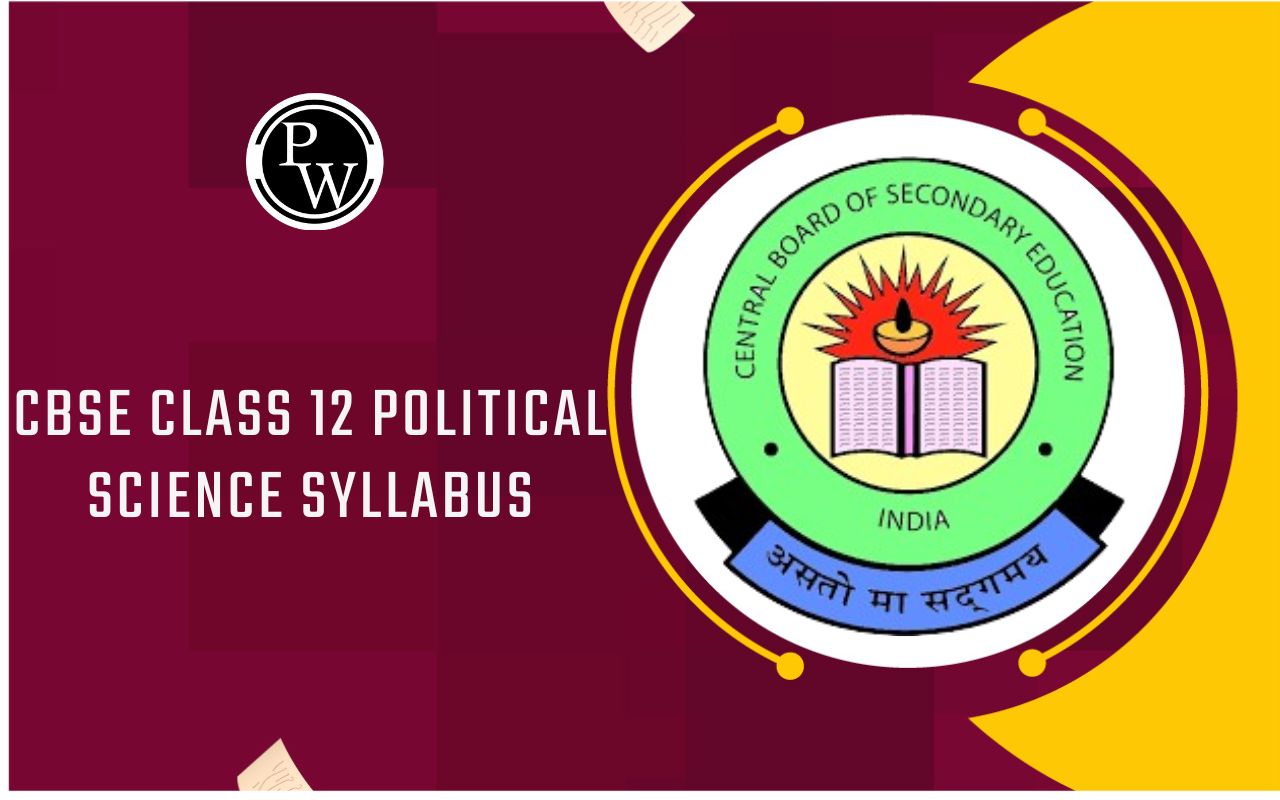
Past Continuous Tense: Ever wondered how we talk about things happening in the past, right in the middle of the action? That's where the Past Continuous Tense comes in. If you're curious about grammar or just want to level up your language skills, this article will cover the past continuous tense, structure, rules and examples.
What is the Past Continuous Tense
The past continuous tense is utilized to indicate actions or events that were happening at a particular time in the past, formed by pairing the past tense of the verb "to be" (was/were) with the present participle of the main verb, typically concluding with "-ing."
For example:
"I was studying when the phone rang." (The action of studying was happening when the phone rang.)
Definition of Past Continuous Tense
The past continuous tense, alternatively referred to as the past progressive tense, serves as a grammatical structure used to depict actions or events that were in motion at a particular moment in the past. Its construction involves combining the past tense of the verb "to be" (either "was" or "were") with the present participle of the main verb, generally culminating in "-ing."
Past Continuous Tense Structure
Making the conjugation of a verb in the past continuous tense simpler becomes possible when you are familiar with its formula and structure.
Here is the formula that enables you to construct a sentence in the past continuous tense:
Subject+was/were+present participle (verb+ing)+the rest of the sentence
Now, grasp the technique of composing a positive, negative, interrogative, and negative interrogative sentence by referring to the table and examples provided below.
|
Structure of the Past Continuous Tense |
|||
| Positive | Negative | Interrogative | Negative Interrogative |
| Subject + was/were + present participle (verb+ing) + the rest of the sentence | Subject + was/were + not + present participle (verb+ing) + the rest of the sentence | Was/were + subject + present participle (verb+ing) + the rest of the sentence | Wasn’t/weren’t + subject + present participle (verb+ing) + the rest of the sentence (Or) Was/were + subject + not + present participle (verb+ing) + the rest of the sentence |
| Examples: The students were studying diligently for their exams last night. | Examples: He wasn't working on the car because it was already fixed. | Examples: Were you sleeping when I called you last night? | Examples: Wasn't he helping you with the computer issues? |
Rules for Past Continuous Tense
The past continuous tense has specific rules and guidelines for its formation and usage. Here are the key rules for the tense:
Formation
Use of "Was" or "Were": The past continuous tense is formed by using the past tense of the verb "to be" (was/were) as an auxiliary verb.
I/he/she/it was
You/we/they were
Add the Present Participle
Add the present participle (the base form of the verb + "-ing") to the auxiliary verb.
I/he/she/it was playing.
You/we/they were studying.
Negation and Interrogation
Negative Form: To form the negative, use "not" after "was" or "were."
I/he/she/it was not playing.
You/we/they were not studying.
Interrogative Form: In questions, invert the subject and the auxiliary verb "was" or "were."
Was I/he/she/it playing?
Were you/we/they studying?
Negative Interrogative Form: Combine the rules for the negative and interrogative forms.
Wasn't he playing?
Weren't you studying?
Examples of Past Continuous Tense
Here are examples of sentences in the past continuous tense in positive, negative, interrogative, and negative interrogative forms.
Positive
She was singing a song when I entered the room.
We were watching a movie at that time.
I was reading a book while waiting for the train.
Negative
He wasn't playing video games when I saw him.
They weren't studying for the exam yesterday.
The kids weren't sleeping; they were playing in the garden.
Interrogative
Were you listening to music during the meeting?
What were they discussing when you entered the room?
Negative Interrogative
Weren't they waiting for you at the restaurant?
Aren't you feeling well? Were you not taking your medicine?
The positive form affirms the action, the negative form negates it, the interrogative form asks a question, and the negative interrogative form asks a negative question.
| Related Links | |
| Present Tense | Past Tense |
| Future Tense | Present Perfect Tense |
Simple Past Tense FAQs
What is the Past Continuous Tense?
How is it formed?
What's the structure of a positive sentence?
How about a negative sentence?
What is the structure of negative Interrogative?










